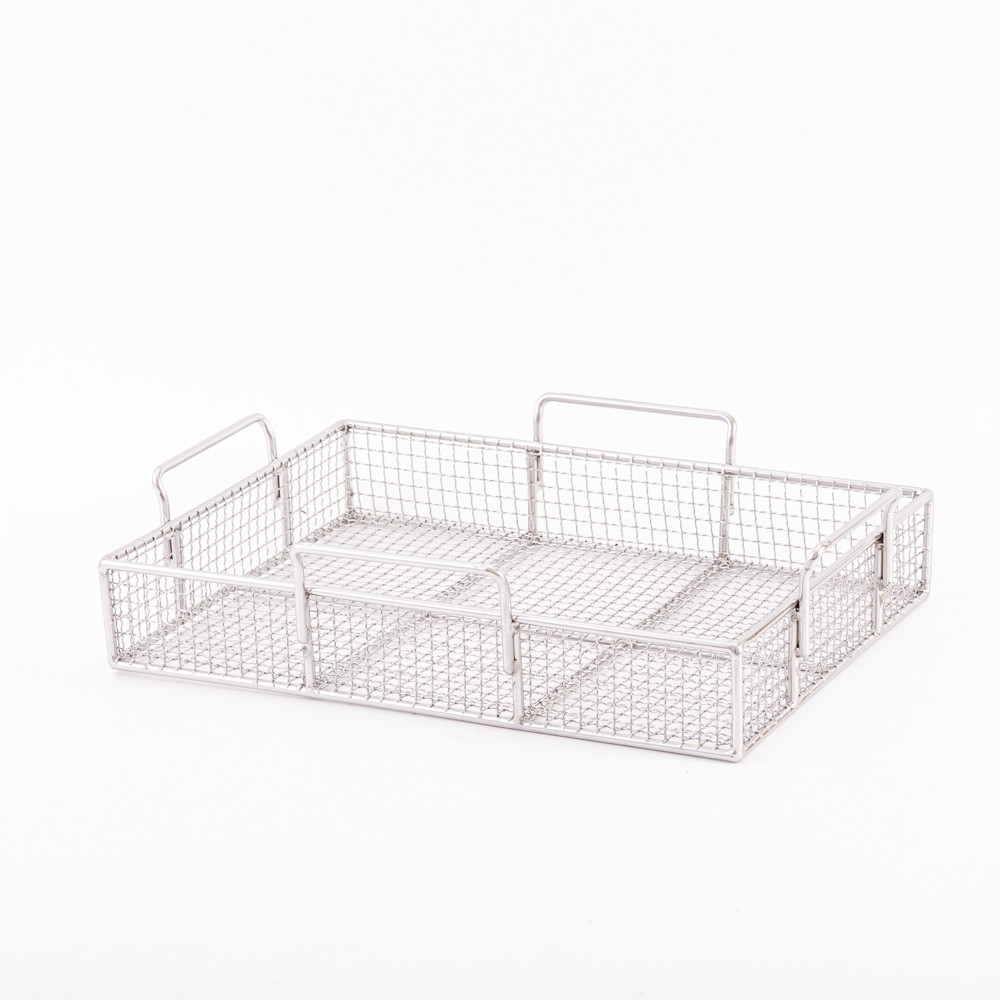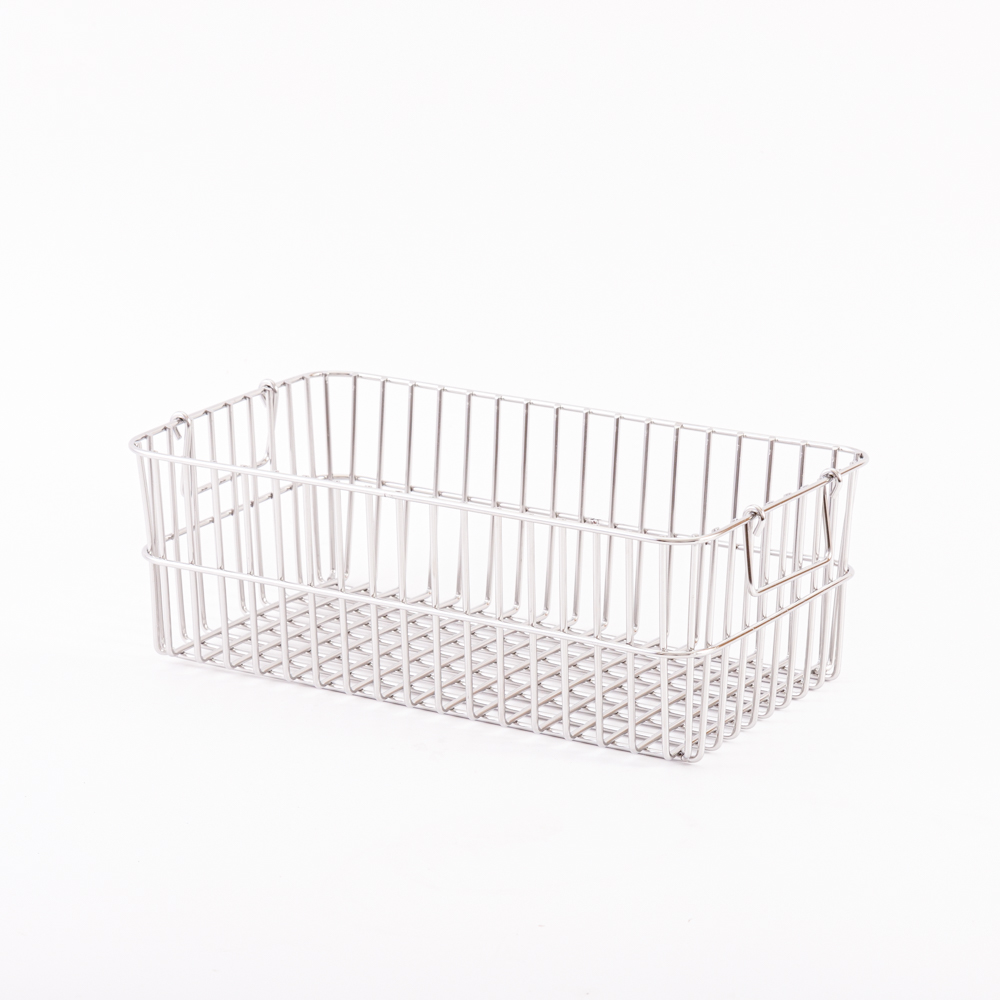**From the Development of Mergers and Acquisitions**
A year ago, Delphi decided to divest six non-core businesses, including brakes and chassis, catalysts, cockpits and dashboards, door modules, door locks, steering systems, and axle bearings. At the same time, Ford Motor Company’s auto component holdings sold off assets like automobile glass manufacturing, which caught the attention of several Chinese companies, including Dongfeng, Wanxiang, Weichai, and Fuyao. Although no Chinese firm made significant progress in the end, Jia Xinguang, a well-known automotive analyst in China, pointed out that whether American automakers like it or not, the reality is that they are now being selected by Chinese companies.
This trend doesn’t necessarily reflect how powerful Chinese firms have become, but rather shows that mergers and acquisitions are becoming increasingly common across the global manufacturing sector, especially in the parts and components industry.
For domestic companies, acquiring specialized firms related to their main business has become a standard strategy to deepen technological expertise and enhance competitiveness. This approach is widely practiced. For example, BorgWarner acquired the French company Moss, strengthening its power transmission technology. PPG expanded its coating business through acquisitions of Dutch-based companies like Macaron. Another impressive case is IAC, an international auto parts group, which was established in 2005 and quickly grew into a major player by acquiring Collins & Aikman’s European assets, Lear Europe’s interior division, and more, achieving a revenue of $5.6 billion.
Weichai, for instance, could consider expanding further by acquiring companies such as Hunan Torch, Fast Transmission, Hande Axle, Zhuzhou Gear, or even some of Delphi’s non-core assets, thereby strengthening its competitive position.
**Independent Innovation and Entering New Markets**
While acquiring other companies’ valuable assets may seem like a formal approach, introducing new products through independent innovation or through technology absorption and re-innovation (integrated innovation) is another path to gain greater market share. This trend has been evident in the practices of commercial vehicle parts companies over the past year.
Take engine manufacturers, for example. Despite unclear national policies, several major diesel engine companies launched Euro IV emission engines in 2007, with Yuchai leading the way by introducing a Euro V engine in China. This demonstrated strong R&D capabilities among domestic commercial vehicle component makers.
Similarly, FAW’s sixth-generation J6 model featured advanced assemblies like engines, transmissions, axles, and cabs. Fast developed 12-speed and 16-speed dual-shaft heavy-duty transmissions with patented technology, while Dongjukyu introduced ABS products and Dongfeng Fengshi SUV components that won top scientific advancement awards in China. These achievements highlight the rising technical level of China’s core component assembly.
At the same time, many companies are entering the new energy vehicle market to seize new opportunities. Shanghai Diesel Engine, though lagging in recent product upgrades, has gained attention with its natural gas engines. Meanwhile, Wanxiang has developed pure electric vehicles powered by lithium-ion batteries, reaching speeds of up to 126 km/h for cars and 90 km/h for buses, with ranges of 380 km and 280 km respectively.
Even the State Grid Corporation, which had no prior involvement in the automotive industry, has made breakthroughs in electric vehicle technology, holding 21 patents. During the “Eleventh Five-Year Plan,†it deployed hybrid battery-capacitor electric vehicles, replacing about 2,000 engineering vehicles and operating 420 electric bus lines, with 4,200 electric buses and 535 electric taxis. By 2010, it aimed to reduce oil consumption by 75,245 tons and cut carbon dioxide emissions by 157,000 tons.
As Jiang Jian, a senior manager at Delphi, noted, traditional automotive technologies are mature, so Chinese companies should focus on areas where they can make more progress. Indeed, new energy vehicles are no longer seen as a niche area; many parts companies are rushing into this field and reaping significant benefits.
**Supply Chain Competition: A Battle for Enterprise Groups**
Although the export of domestic parts companies showed promising growth in 2007, with several export bases and companies receiving recognition from the government, most of these exports still consist of traditional components—such as castings, forged parts, and plastics—which are resource-intensive and environmentally harmful. These are typically first- and second-tier suppliers for vehicle manufacturers, with most operating under OEM contracts.
Multinational corporations have been targeting these companies, making supply chain competition a key factor in global business success. From comprehensive procurement in China to integrated strategies and global advantages, the ability to build a stable supply chain determines a company’s long-term success.
In 2007, the spare parts industry left a lasting impression. Major automakers like General Motors and Ford were actively seeking suppliers in China, while Fiat was also increasing its procurement efforts, despite challenges in its joint ventures. Volkswagen, after a difficult period in 2005, began to recognize the value of Chinese goods.
Domestic companies are not only integrating local resources but also tapping into foreign markets. Weichai formed strategic alliances with Bosch and Beiqi Foton, while China National Heavy Duty Truck leveraged its own engine, transmission, and axle chain to achieve record results. SAIC, Iveco, and Chongqing Heavy Duty Truck have also created new commercial vehicle industry chains.
Beijing Auto Holding, aiming to reduce reliance on South Korean suppliers, has partnered with companies like Delphi, Asia Pacific Electromechanical, Lear, and Johnson Controls, building a robust parts platform to revitalize the Beijing auto industry.
Ultimately, whether it's reducing constraints from certain suppliers, strengthening upstream-downstream links, or lowering R&D and manufacturing costs, both domestic and foreign parts companies understand one truth: whoever builds a stable supply chain will gain a competitive edge in the future.
Wire Mesh Basket
Our company specializes in making wire mesh basket to meet the exact needs and tolerances of your applications. The raw material we have adopted food grade stainless steel to make sure heat resistance and corrosion resistance. We normally support Wire Mesh Storage Basket and Medical Sterilization Basket .
If you need a basket for part washing applications or handling small objects ,then a wire mesh basket is an ideal product for you .Wire mesh basket allows for free flow air and liquid through the space ,making them highly effective at allowing parts to dry after a wash cycle.
We expected that can build business with this good products and hope can be do the perfect project on some industries.


Wire Mesh Basket,Customized Metal Mesh Basket ,Metal Wire Mesh Storage Basket,Stainless Steel Wire Mesh Storage Basket
Suzhou Haoxiang Screen Stencil Products Co.,Ltd , https://www.haoxiangwiremesh.com

